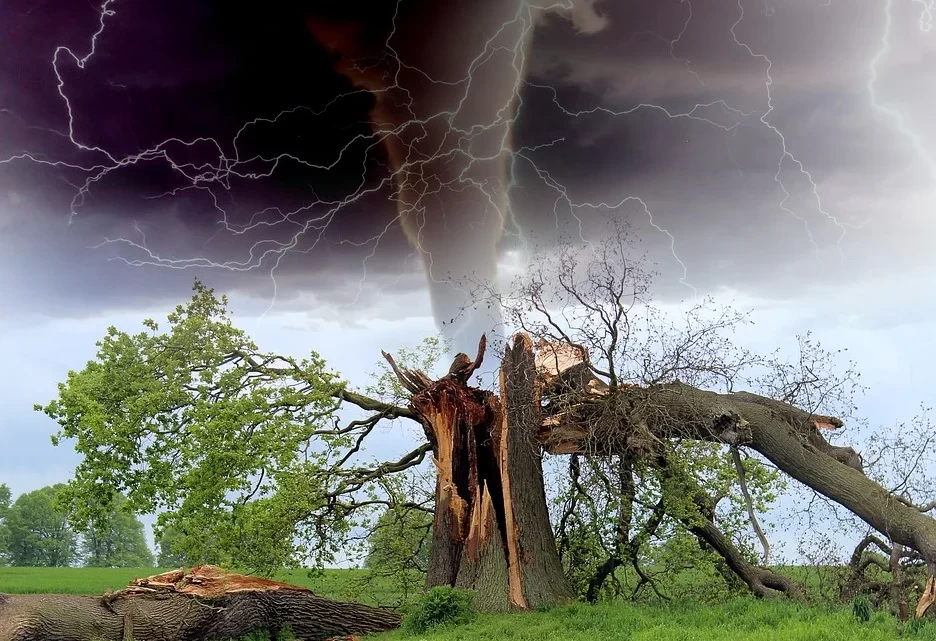
The hurricane season of 2022 broke all records. A sign of the future the future? Environmental Protection Fund
28/05/2022This year’s hurricane season in the Atlantic sometimes feels like an endless storm – some even happening at the same time. It was one of the most moving and destructive times of all time. The recovery will take years.
Among other things, as research continues to show that climate change is fueling more intense storms, the messages of this hurricane era are clear: It is time to stabilize the climate and create a better future for those facing the worsening effects of extreme weather.
Many ways to break a record this season
This season has brought 31 tropical or subtropical storms and 30 rated storms – surpassing the previous record of 28 tropical or subtropical storms and 27 rated storms in 2005. That year included devastating hurricanes such as Katrina and Rita.
From Hurricanes Arthur to Giota, this year’s thunderstorms ranged from early May to mid-November and quickly spun around the designated hurricane names throughout the season before carrying the nine letters of the Greek alphabet into deep names.
In the 2020 season, which officially ends on November 30, more storms have hit land than ever before – 12 of which hit my state, Louisiana. In fact, Louisiana was in the throes of uncertainty — or the possible course — of eight different storms.
Hurricanes Laura and Delta, the storms that hit Louisiana, devastated the southwestern part of our state, causing successive Category 4 and 2 hits in August and September.
Beyond the bay, hurricanes hit Central America in November, with Category 4 Eta and Category 5 Iota reaching land, just weeks apart, 15 miles away.
The storms sent huge rains, causing floods and landslides that killed hundreds of people, as well as extensive damage across Central America. As a result, we are likely to see more migration based on climate and poverty.
How Climate Change Intensifies Hurricanes – Fast
While our hope is that last season will be outrageous, the latest scientific research at least shows that climate change is triggering more severe hurricanes.
And that’s exactly what happened with many storms this year, including Laura, which quickly turned into a Category 4 hurricane before reaching land in southwest Louisiana as the strongest storm to hit the state in more than 150 years. In fact, 10 storms in 2020 accelerated rapidly, breaking the 1995 record.
Rapid intensification poses significant risks to human safety, as one may choose to face a weaker storm but then not have time to get out when the storm suddenly intensifies.
Higher ocean temperatures also cause storms to stay stronger for longer periods of time, according to a recently published study. Nature [PDF] More serious effects, such as heavy rainfall, carry inland areas far beyond the coast and cause catastrophic floods.
This disastrous season shows why we must act
We need to scrutinize those still recovering from this year’s hurricanes and help them rebuild better before the next storm. (People on the Gulf Coast still need our help. See how you can support them.)
And the catastrophe we see in the hurricane season of 2020 should push us towards a safer future for all communities.
Taking action on climate change to mitigate the effects of extreme weather is also imperative, and smart investments are being made, such as natural infrastructure on our coasts and floodplains, to provide flood water and vital natural repulsions between communities.
We can not prevent storms, but we can reduce their intensity and better protect our communities before they come.
We need you now more than ever
Climate change is already affecting people and the environment. Join more than 2.5 million EDF advocates to find solutions to protect people and nature.
Give today and triple your influence with a $ 1 for $ 2 match.

